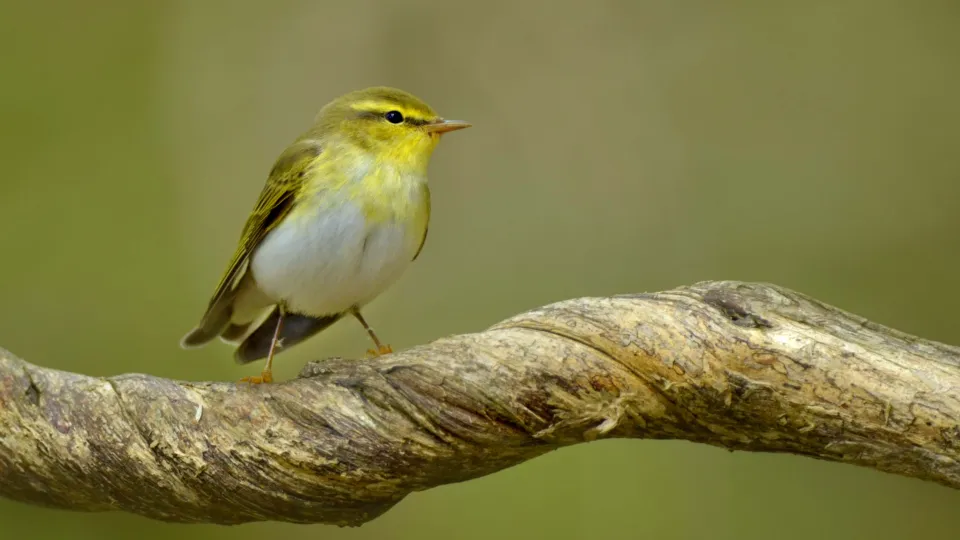
Wood warbler
Look for the wood warbler singing from the canopy of oak woodlands in the north and west of the UK. Green above, it has a distinctive, bright yellow chest and eyestripe.
Birds only: Red list species are those that are Globally Threatened according to IUCN criteria; those whose population or range has declined rapidly in recent years; and those that have declined historically and not shown a substantial recent recovery.

Look for the wood warbler singing from the canopy of oak woodlands in the north and west of the UK. Green above, it has a distinctive, bright yellow chest and eyestripe.
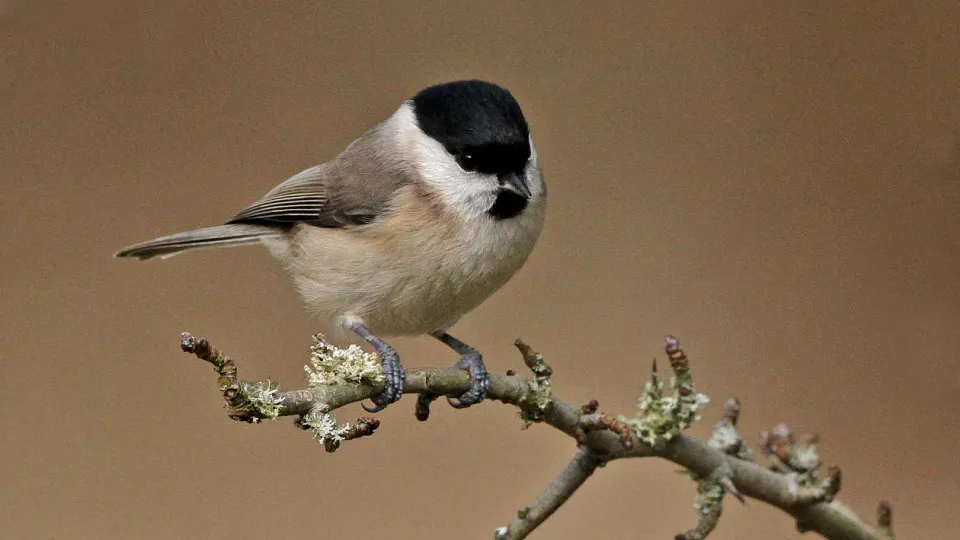
Despite its name, the marsh tit actually lives in woodland and parks in England and Wales. It is very similar to the willow tit, but has a glossier black cap and a 'pitchoo' call that sounds like a sneeze!
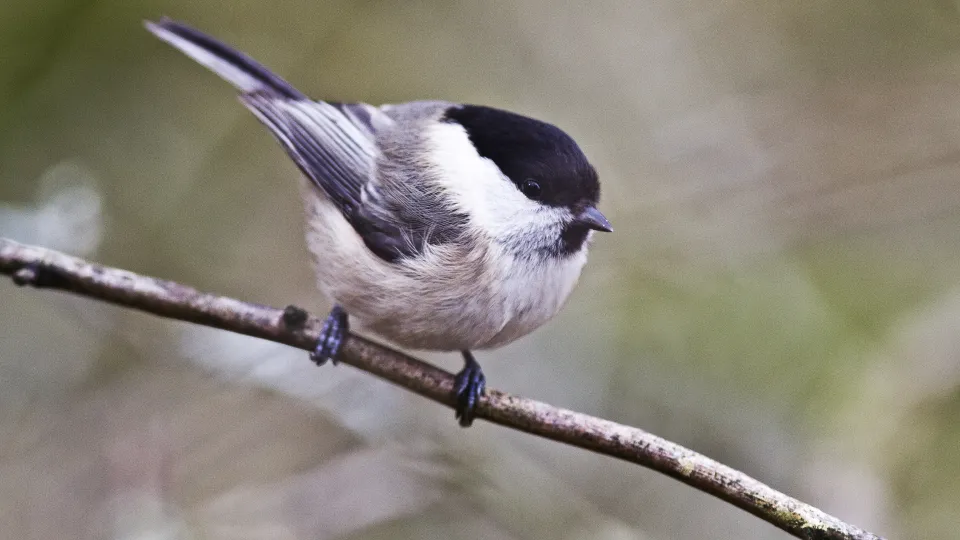
The willow tit lives in wet woodland and willow carr in England, Wales and southern Scotland. It is very similar to the marsh tit, but has a distinctive pale panel on its wings.
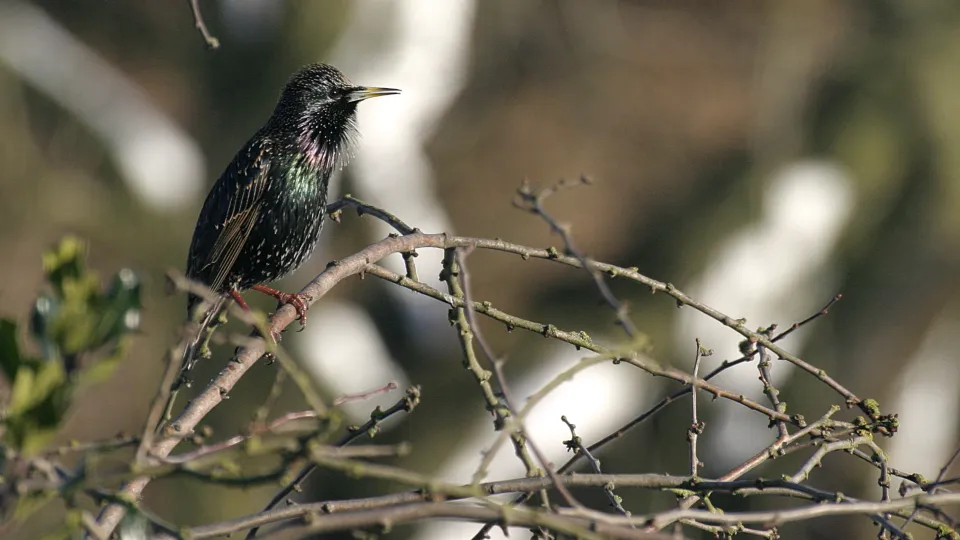
The starling is a familiar garden visitor that has a beautiful purple-and-green sheen to its black feathers. It is famous for its wintry aerial displays - massive flocks can be seen wheeling over our towns and farmland.
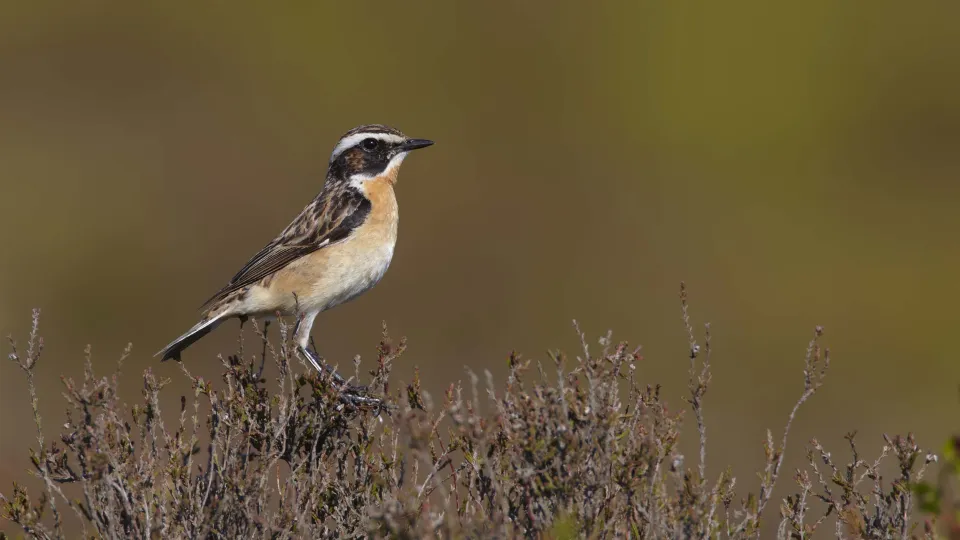
The whinchat is a summer visitor to UK heathlands, moorlands and open meadows. It looks similar to the stonechat, but is lighter in colour and has a distinctive pale eyestripe.
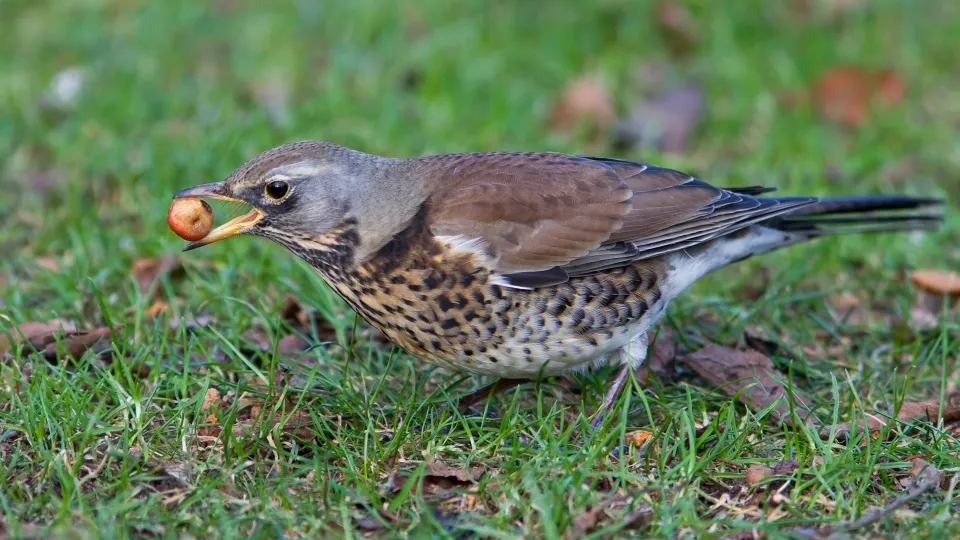
Often spotted in large flocks, the fieldfare is an attractive thrush. It is a winter visitor, enjoying the feast of seasonal berries the UK's hedgerows, woodlands and parks have to offer.
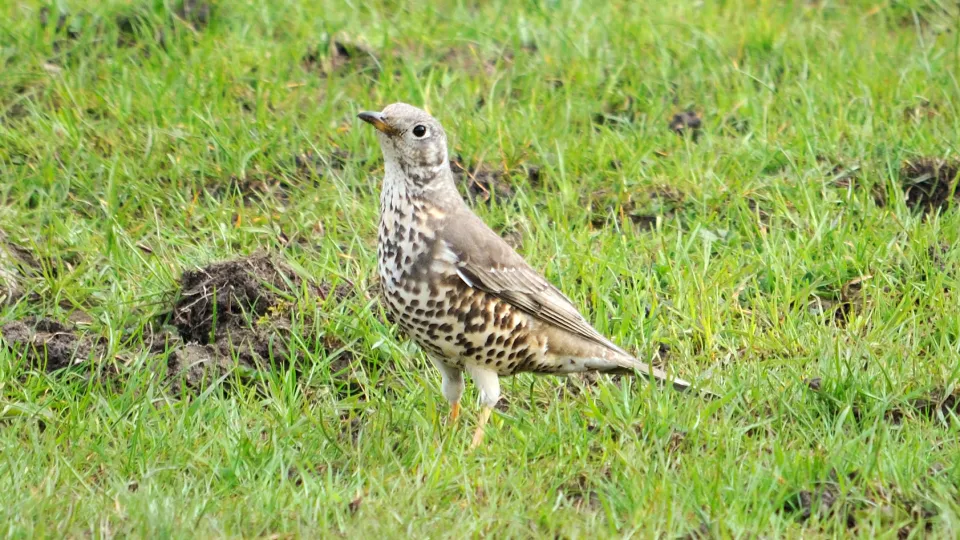
The mistle thrush likely got its name from its love of mistletoe - it will defend a berry-laden tree with extreme ferocity! It is larger and paler than the similar song thrush, standing upright and bold.
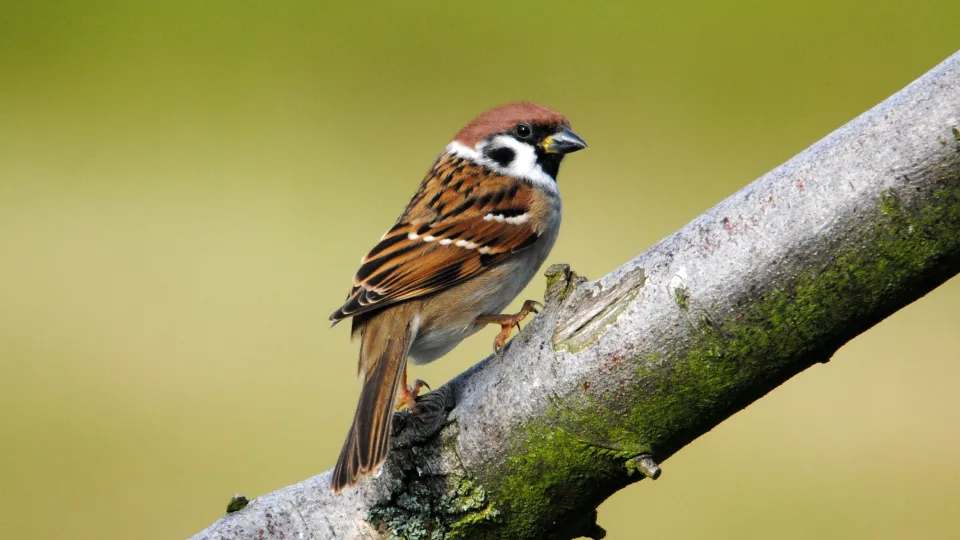
A scarce and declining bird, the tree sparrow can be spotted on farmland and in woodlands; it is not an urban bird in the UK. It has a brown cap and black cheek-spots, unlike the similar house sparrow.
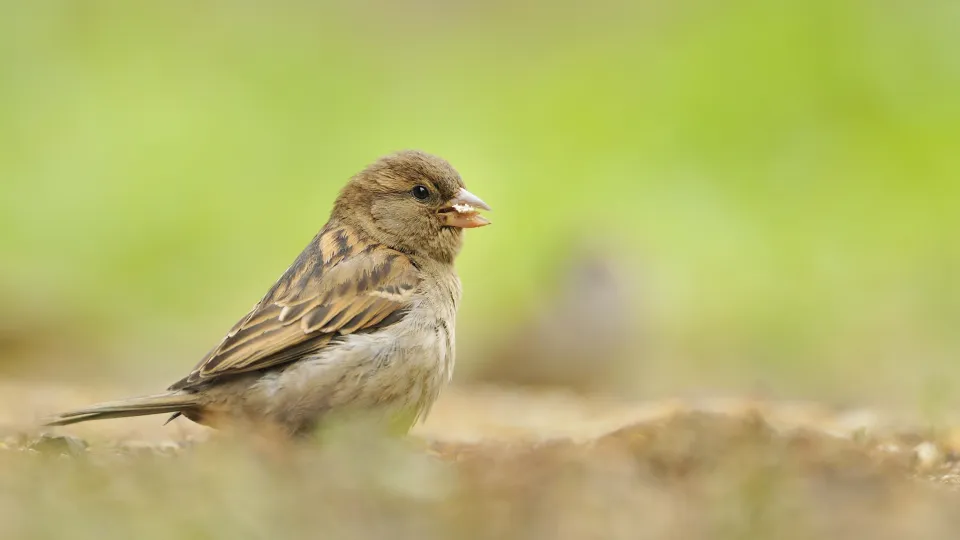
The house sparrow is a familiar, streaky brown bird of towns, parks and gardens. Males sport a grey cap and black bib, the size of which indicates their status.
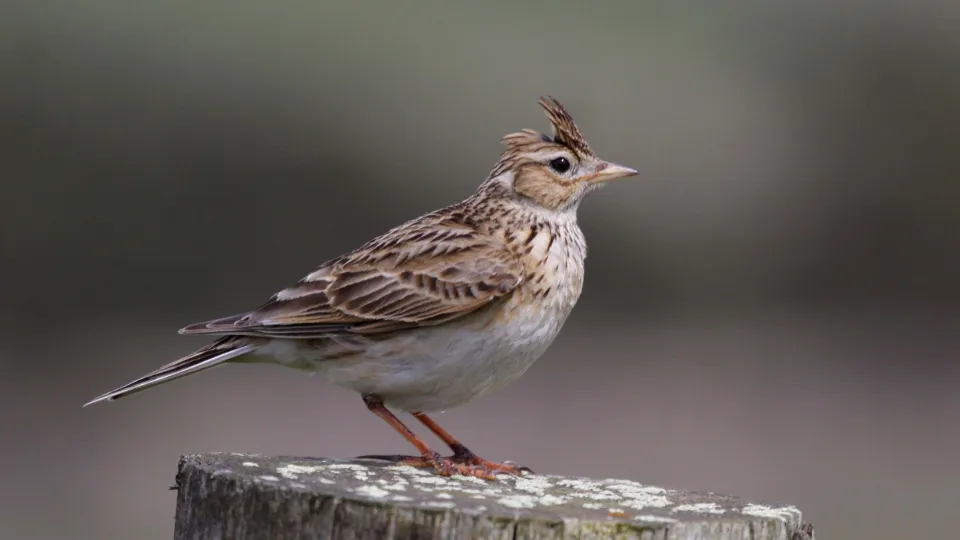
The song of the skylark has been the subject of many great musical and literary works. A quintessential feature of our farmland and grasslands habitats, it is declining rapidly with habitat loss.